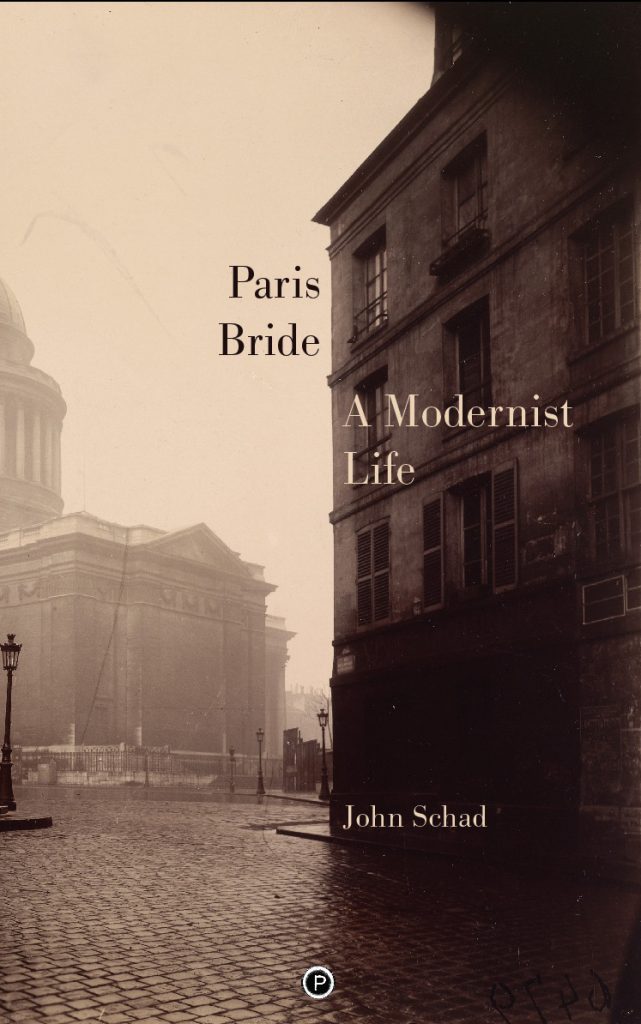In July 1905, in Paris, a young Anglo-French woman called Marie Wheeler became the bride of a Swiss émigré, Johannes Schad. Immediately after the wedding, Marie and Johannes moved to London. And there they lived for nineteen years. In 1924, however, something happened to change their lives, and Marie, in many respects, simply disappeared.
Paris Bride is an exploration of the lost life of Marie Schad, of whom little is known beyond a few legal papers, a number of letters, some photographs, the diaries of a friend, and her obituary. With so little else known of Marie’s life, this book seeks to read her back into existence by drawing on a host of contemporaneous texts — largely modernist texts, by Virginia Woolf, Franz Kafka, the Paris Surrealists, Stéphane Mallarmé, Oscar Wilde, Katherine Mansfield, and Walter Benjamin. All of the selected authors are connected with Marie through some coincidence of time, place, or theme.
In an attempt to do justice to Marie’s in-visibility, or to her un-life, Paris Bride takes as its guide Wilde’s declaration that “the true function of criticism is to see the object as in itself it really is not.” In other words, this book seeks to evade the positivist or realist assumptions of conventional literary criticism, and instead pursue a post-critical method with its sources and texts. Paris Bride is not confined to academic discourse but instead draws on a range of literary genres and devices that are more in sympathy with the non-realist character of modernism itself — devices such as fragmentation, flânerie, textual collage, stream of consciousness, imagism, perspectivism, dream-text, the absurd, etc. Ultimately, Paris Bride is a modernistic experiment in life-writing.
Listen to Chapter 1 of Paris Bride, narrated by Ant Lightfoot:

